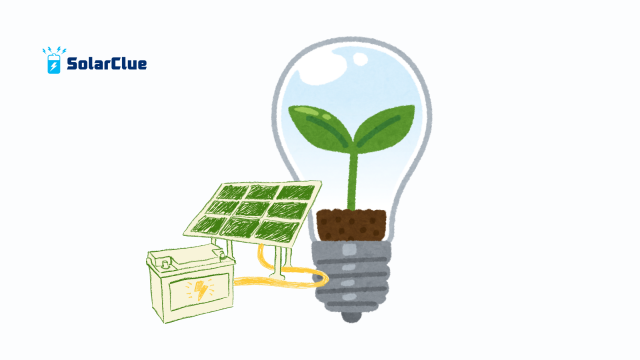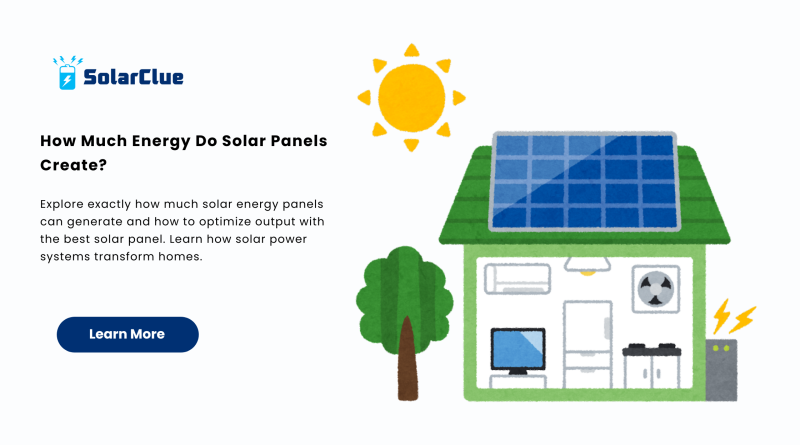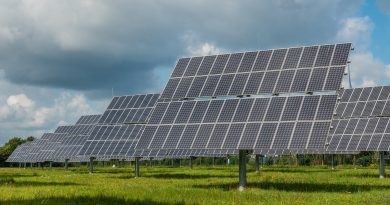How Much Energy Do Solar Panels Create?
If you’re planning to install a solar panel at home or on a commercial property, one of the most pressing questions you likely have is: how much energy do solar panels create? This question isn’t just about curiosity—it’s essential for deciding your system size, estimating savings, and choosing the best solar panel for your needs.
The short answer: A standard 1kW solar power system in India generates around 4 units (kWh) of solar energy per day under ideal conditions. But that’s just the beginning of the story. In this comprehensive guide, we’ll break down the variables that affect energy output, help you calculate your own system’s production potential, and offer tips to boost your solar panel efficiency and maximize returns.
Table of Contents
- 1 Understanding Solar Energy Production
- 2 Factors That Influence Solar Energy Output
- 3 How to Calculate Your Solar Output
- 4 Real-World Usage: What Can You Power?
- 5 How to Increase Your Solar Panel Output
- 6 Best Practices for Maximizing Solar Energy
- 7 Choosing the Best Solar Panel for Home
- 8 Environmental Impact of Solar Energy
- 9 Financial Incentives and ROI in India
- 10 Case Study: Homeowner in Bangalore
- 11 Conclusion
- 12 FAQs
Understanding Solar Energy Production
To understand how much energy solar panels create, we need to first clarify a few basic terms:
-
Watt (W): The unit of power. A 300W panel generates 300 watts of electricity per hour under standard test conditions.
-
Kilowatt (kW): 1,000 watts. Common system sizes range from 1kW to 10kW.
-
Kilowatt-hour (kWh): The amount of electricity used or generated in one hour.
So, if a 300W solar panel runs at full capacity for 5 hours, it generates:
300W x 5 = 1500Wh = 1.5 kWh per day
Multiply this by the number of panels in your system, and you’ll have your estimated daily output.
Factors That Influence Solar Energy Output

1. Panel Efficiency
Solar panel efficiency refers to how well a panel converts sunlight into electricity. A panel with 20% efficiency will generate more electricity than one with 15%, even if they’re the same size. Choosing a high-efficiency model means better performance in limited space, especially for rooftops.
2. Geographical Location
In India, solar irradiance (sunlight availability) varies by region. States like Rajasthan, Gujarat, Madhya Pradesh, and Telangana receive more sunlight annually, which increases daily production. For example:
-
Rajasthan: 5.5 – 6.5 kWh/m²/day
-
Kerala: 4 – 4.5 kWh/m²/day
3. System Size
The more panels you install, the more electricity you generate. Here’s a quick breakdown:
| System Size | Average Daily Output | Monthly Output |
|---|---|---|
| 1kW | 4–5 kWh | 120–150 kWh |
| 3kW | 12–15 kWh | 360–450 kWh |
| 5kW | 20–25 kWh | 600–750 kWh |
| 10kW | 40–50 kWh | 1200–1500 kWh |
4. Sunlight Hours Per Day
In most parts of India, you can expect 5 to 6 hours of strong sunlight per day. Solar panels only produce at peak capacity during these hours. Outside this window, output is reduced but not zero.
5. Panel Type
The best solar panel type for energy production is the monocrystalline panel due to its high efficiency. Polycrystalline panels are slightly lower in output but cheaper. Thin-film panels are compact but less powerful.
6. Tilt and Orientation
For best results, install your panels facing true south (in India) at an angle equal to your latitude. A small change in orientation can significantly impact production.
7. Temperature and Shading
Excessive heat reduces voltage output. Similarly, even partial shading from trees or neighboring buildings can cut energy production by up to 80% for some panels.
How to Calculate Your Solar Output
Here’s a simple formula to estimate energy production:
System Size (kW) × Sunlight Hours × 0.8 = Daily kWh
That 0.8 factor accounts for minor energy losses due to inverter inefficiency, wiring resistance, dust, etc.
Example: A 5kW system in Pune with 5.5 sunlight hours/day would produce:
5 × 5.5 × 0.8 = 22 kWh/day
Real-World Usage: What Can You Power?
Let’s look at how much daily energy your system can cover:
-
1kWh = 10 LED bulbs for 10 hours
-
2kWh = 1 AC for 2–3 hours
-
5kWh = 1 washing machine + refrigerator + lights + TV
-
15kWh+ = Entire household needs, including air conditioners
By understanding how much energy solar panels create, you can plan your load distribution accordingly and reduce dependency on the grid.
How to Increase Your Solar Panel Output
-
Use MPPT (Maximum Power Point Tracking) inverters
-
Choose high-efficiency solar panels
-
Clean panels regularly to remove dust and grime
-
Avoid shaded areas or use micro-inverters for shaded installations
-
Install solar tracking systems if space and budget allow
-
Add a solar battery to store extra power and use it when needed
Best Practices for Maximizing Solar Energy
-
Run heavy appliances (AC, washing machine) during peak sunlight hours
-
Install net metering to feed excess energy into the grid and earn credits
-
Upgrade old inverters for higher efficiency
-
Monitor panel performance through apps or meters
Choosing the Best Solar Panel for Home
If your goal is high output, here’s what to look for:
-
Efficiency rating of 18% or more
-
Tier-1 manufacturer
-
25-year performance warranty
-
Compatibility with your inverter and batteries
-
Certifications (MNRE, BIS, IEC)
Browse India’s top-rated panels at solarclue.com, where you’ll find the latest in technology and value.
Environmental Impact of Solar Energy
Beyond just financial savings, solar energy helps reduce greenhouse gas emissions, promotes energy independence, and decreases our reliance on fossil fuels. A 5kW system can prevent over 6 tons of CO₂ from entering the atmosphere annually.
Financial Incentives and ROI in India
Government-backed schemes offer:
-
30–40% subsidies on rooftop solar
-
Zero GST for residential solar projects
-
Net metering to earn credits for surplus energy
These reduce the average payback period of a system to just 3–5 years.
Case Study: Homeowner in Bangalore
A Bangalore family installed a 3kW system with monocrystalline panels. After optimizing tilt and cleaning monthly, they now generate 14–15 units/day. Monthly savings of ₹2,500 have brought their ROI to just 4.2 years, and they report 90% reduction in electricity bills.
Conclusion
So, how much energy do solar panels create? The answer depends on your system, location, and panel quality—but with smart planning, a residential system can meet almost all of your household energy needs. By investing in the best solar panel, maintaining it well, and using smart energy habits, you can turn sunlight into serious savings.
Want to estimate how much energy your rooftop can produce? Visit solarclue.com for expert tools and calculators. And if you’re curious to dive deeper into energy-saving tips, don’t miss out on the latest articles at blog.solarclue.com. Let’s power your home, the smart way!
FAQs
1. How many solar panels do I need to power a home?
A typical 3BHK home may need a 3kW–5kW system, which includes 8–15 panels depending on their wattage.
2. Do solar panels work during the rainy season?
Yes, though output will be reduced. Panels still generate power even on cloudy days.
3. Can I sell extra solar energy to the grid?
Yes, through net metering policies offered by most Indian states.
4. Is there a battery backup option for nights?
Absolutely! You can install lithium-ion batteries to store unused solar energy.
5. What affects daily energy production the most?
Sunlight hours, panel efficiency, orientation, shading, and cleanliness are top factors.




